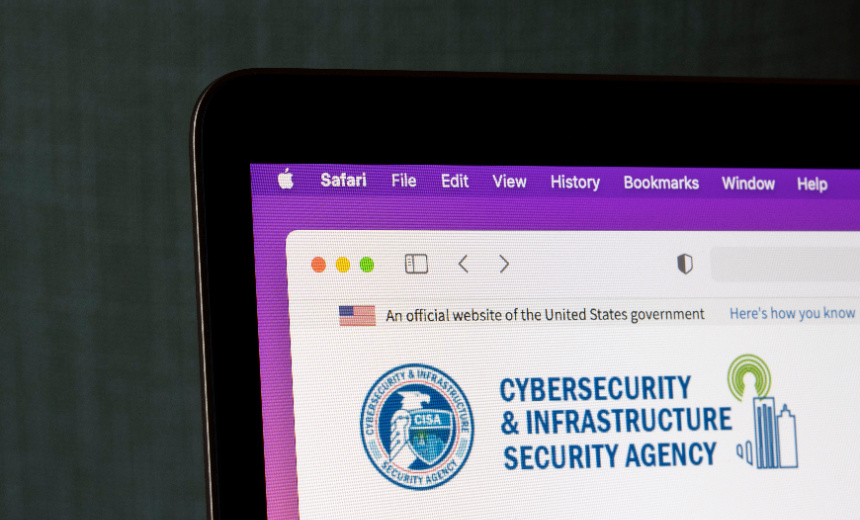Government
,
Industry Specific
Current and Former Officials Express Optimism, Concerns Over Cyber Leadership Picks

Top leadership at the U.S. Cybersecurity and Infrastructure Security Agency may be coming into view as the Trump administration has begun attaching names to senior positions.
See Also: New Attacks. Skyrocketing Costs. The True Cost of a Security Breach.
Current and former federal cybersecurity officials say they welcome the appointment of Karen Evans as executive assistant director for cybersecurity. The agency, a federal gateway to the private sector and a defender of civilian networks, has been rocked by the wave of Trump administration civil service cuts, resulting in at least 130 staffers leaving in recent weeks.
Evans has held technology policy roles across multiple administrations including as the George W. Bush administration’s lead e-government official and DHS CIO during the last year of the first Trump administration.
Evans “has shown her knowledge and commitment to cybersecurity” throughout her career, said Ari Schwartz, coordinator of the Center for Cybersecurity Policy and Law, citing her oversight of nearly $71 billion in annual IT funds as administrator for the Office of Electronic Government and Information Technology at the Office of Management and Budget and her role as the Department of Energy’s first assistant secretary for cybersecurity, energy security and emergency response.
Officials with knowledge of the situation say Trump could be narrowing in on a pick for CISA director, which has been vacant since the Bide administration’s Jen Easterly stepped down on Jan. 20. Sean Plankey, a former Energy Department and National Security Council cybersecurity official, and a National Guard and Coast Guard veteran – is the potential frontrunner.
Plankey served as principal deputy assistant secretary for the DOE Office of Cybersecurity, Energy Security and Emergency Response, where he led efforts to engage the energy sector in improving cyber preparedness. He also served as director for maritime and Pacific cybersecurity policy at the NSC, where he co-authored the National Maritime Cybersecurity Plan and multiple presidential directives on offensive cyberspace operations.
A former federal cybersecurity official, speaking on condition of anonymity, said having Evans and Plankey at the helm of CISA could help the agency navigate the growing challenges of a complex threat landscape, from foreign adversaries to rising insider threats, especially with ongoing security concerns around the Department of Government Efficiency’s access to sensitive federal networks and its recent string of potentially unsecured email requests.
The White House has also reportedly eyed Nick Andersen, another Energy Department cybersecurity alum who previously served as federal cybersecurity lead at OMB, for a top position at CISA, though it remains unclear what roles he and Plankey may fill, if any. The administration’s cybersecurity team has slowly started to take shape in recent weeks, with Trump tapping a former Republican National Committee executive to serve as national cyber director despite concerns that he has no cyber background.
Former CISA officials and intelligence officers previously told Information Security Media Group the agency’s uncertain future poses new challenges to securing critical infrastructure sectors, as the White House scraps its election security efforts and ousts officials who worked on campaigns exposing online misinformation. Some believe the White House could reshape the cyber defense agency to take an aggressive stance against foreign adversaries like China, while stepping away from past initiatives launched under the previous administration (see: CISA Cuts Expose US Critical Infrastructure to New Threats).
The White House did not respond to a request for comment.
